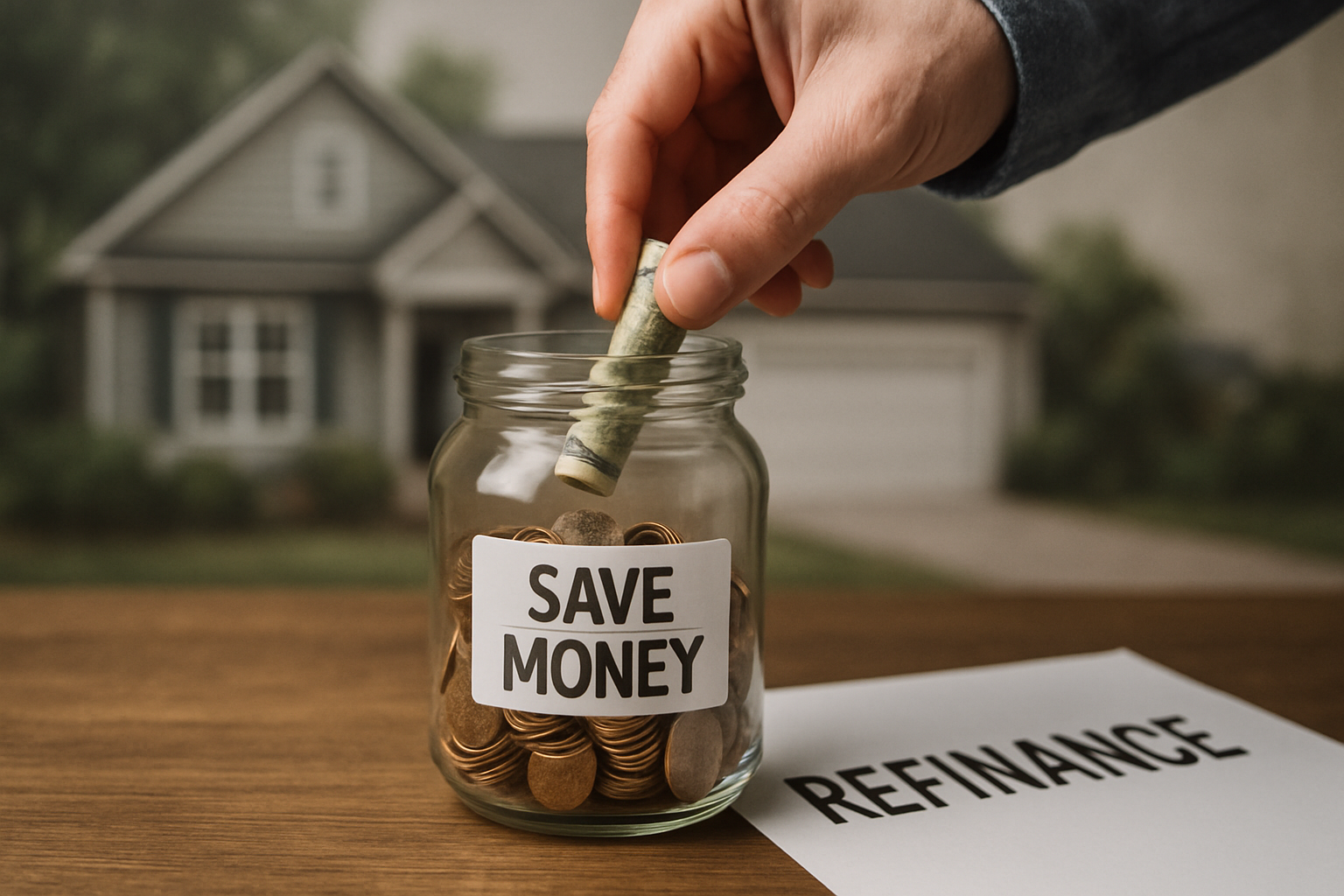Save Smarter: When Refinancing Can Work in Your Favour

Refinancing your home loan can be one of the easiest ways to save money, unlock equity or improve your financial flexibility. But it’s not something you want to do often. While chasing the “lowest rate” might seem tempting, there are many other factors that come into play, such as loan features, fees and future plans that influence what’s actually best for you. And there are upfront costs involved, ranging from $900 up to $3,000 plus, so refinancing only makes sense when the long-term benefits outweigh the short-term expense.
So, how do you know when it’s the right time to refinance? Here are the some common reasons to consider it.
1. Your Interest Rate Might Be Too High
First and foremost, the obvious one... YOUR INTEREST RATE! Run a quick check through our CheckMyRate tool to see where your current home loan rate sits. If your rate is above the competitive range, it’s a strong sign you might be paying too much.
If you're refinancing for a better rate, we generally want to see that the savings outweigh the costs within the first 12 to 18 months. That gives you a return on the upfront expense. If your rate isn’t competitive, get in touch and we’ll assess your options and help you make a clear, informed decision.
2. Your Fixed Rate Is About to Expire
If you're on a fixed-rate loan that's nearing the end of its term, it's important to be proactive. Take the time to understand what your revert rate will be and whether it's competitive. A few months before your fixed term expires is the ideal time to connect with your broker. This gives them time to explore your options and begin negotiating with your lender. Avoid the loyalty tax, stay informed and make smarter financial moves.
Expert tip: Reaching out about two months before your fixed term ends gives your broker enough time to plan, approach your current lender and prepare alternatives that align with your goals, if needed.
3. You Want to Access Equity
If your property has increased in value or you’ve paid down a decent portion of your loan, refinancing to access equity can help you fund renovations, invest in property or cover other major costs. Most lenders will allow you to borrow up to 80% of your current home’s value.
A simple example: If your property’s value has increased to $1 million and your existing loan is $600,000, you may be able to access an additional $200,000, bringing your total loan to $800,000 provided you can service the increased amount. These funds could be used for renovations, investing in shares, purchasing another property, or other financial goals.
4. You’re Managing Multiple Debts
It happens, credit card debt can creep up and feel overwhelming. One of the simplest ways to regain control is to close the credit card and consolidate the balance into your home loan, where the interest rate is typically much lower.
And if you’re juggling repayments across buy-now-pay-later accounts, car loans or personal loans, refinancing to consolidate those into a single home loan could help ease the burden too. Smaller loans often come with higher interest rates than home loans. By rolling them into one lower-rate facility, may reduce your total monthly repayments and allow you to regain control of your finances.
5. Your Circumstances Have Changed
Life changes, whether it's a pay rise, starting a family, growing a business or building a property portfolio, life events can affect how your home loan should be structured. Refinancing in response to these changes could help reduce your repayments, free up cash flow or help you pay down your loan faster.
A simple example: A couple is expecting their first child and one partner will be going on maternity leave for several months. To prepare for the change in household income, they decide to refinance their home and access $30,000 in equity. This provides a financial buffer to cover living expenses, giving them peace of mind during the transition without relying on high-interest credit cards or short-term loans.
6. You Haven’t Reviewed Your Loan in 2+ Years
Even if you’re happy with your current setup, lenders tend to offer their most competitive rates to new customers, not existing ones. If it’s been more than two years since your loan was reviewed, now is the perfect time to see how your rate compares. Complete the CheckMyRate questionnaire to check where you stand. If it’s not competitive, take action and chat to one of our expereienced Brokers.
When Not to Refinance
Refinancing isn’t always the right move. You might be locked into a fixed-rate contract with high break costs or your financial position may have changed, making it harder to qualify for a better deal. In some cases, your current rate may still be within the competitive range, so while not the lowest, the benefit of refinancing may not be seen for a while. If you’re unsure, feel free to speak with one of our brokers on 1300 200 088 and we’ll help you figure out whether refinancing makes sense for you.
The Bottom Line
Refinancing can be a powerful financial tool but only when the timing, structure and long-term outcomes align with your goals. It’s not just about chasing the lowest rate. With the right advice, a refinance can help you save thousands, simplify your finances or get ahead on your loan. If in doubt, start by checking your rate and having a quick conversation with a professional who can guide you through your options.
« Set a calendar reminder to complete the CheckMyRate questionnaire every 12 months. Rates and lender offers change frequently, and a quick annual review can help ensure you’re not overpaying on your mortgage. »





